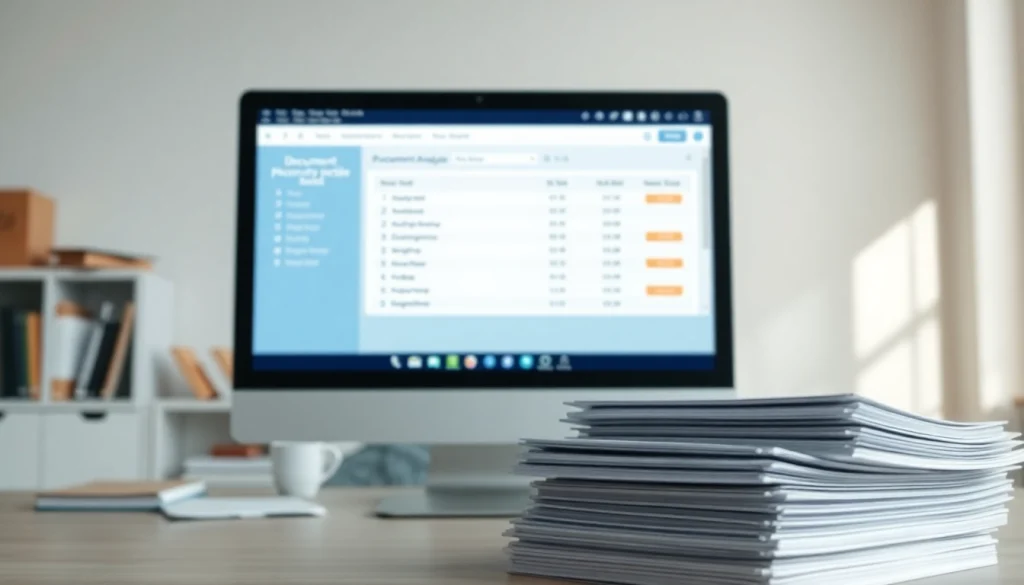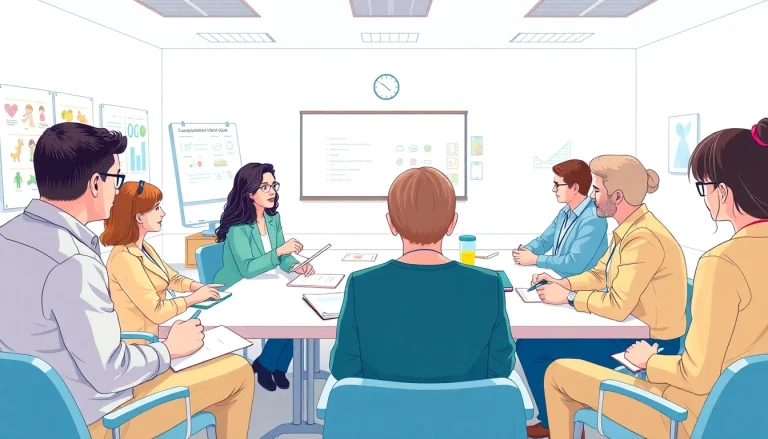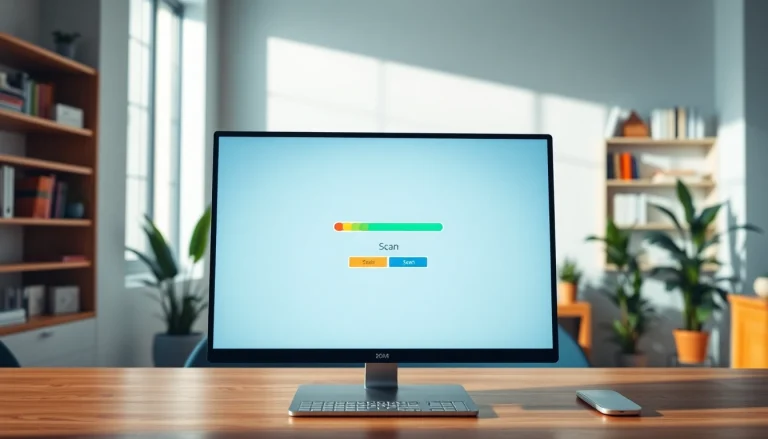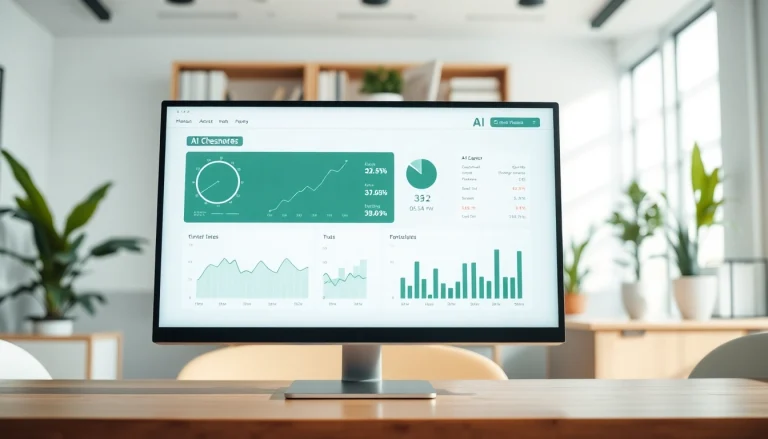
Understanding Plagiarism and Its Implications
Plagiarism is a significant concern in both academic and professional environments. It undermines the integrity of original thought and can have severe consequences for individuals and institutions alike. As a step toward upholding standards of originality, tools like a plagiarism checker have become essential for students, writers, and researchers.
What Is Plagiarism?
Plagiarism is defined as the act of using someone else’s work, ideas, or expressions without proper attribution, consequently passing them off as one’s own. This encompasses various forms, including:
- Direct Plagiarism: Copying text word-for-word without citation.
- Self-Plagiarism: Reusing one’s own previously published work without acknowledgment.
- Patchwork Plagiarism: Combining texts from multiple sources without proper citations.
- Accidental Plagiarism: Unintentionally failing to cite sources or misquoting.
The Consequences of Plagiarism
The implications of plagiarism can be severe. Academically, students may face expulsion or academic probation, while professionals might lose their jobs or face legal action. Beyond penalties, plagiarism damages reputations, leading to a loss of trust and credibility. A recent survey indicated that 61% of academic professionals believe that penalties for plagiarism should be more severe. Societal perceptions of integrity are closely tied to the avoidance of plagiarism.
Common Types of Plagiarism
Understanding the different types of plagiarism is crucial for avoidance. Common types include:
- Full-text Plagiarism: Copying an entire piece of work directly.
- Paraphrasing Plagiarism: Rewording someone’s idea without citation.
- Collusion: Collaborating with others in a way that violates academic honesty.
- Influence Plagiarism: Borrowing ideas or themes without giving credit to the original thinker.
How a Plagiarism Checker Works
Plagiarism checkers utilize advanced technologies to ensure the originality of content. Here, we explore how these tools function and what makes a good plagiarism checker effective.
Technology Behind Plagiarism Detection
Plagiarism detection technologies employ algorithms and databases. They compare submitted text against a vast array of online content, academic papers, and previously submitted documents. The core technologies include:
- Database Matching: This involves checking the submitted text against stored documents in databases.
- Fingerprinting: This method creates fingerprints of text passages to quickly identify matches.
- Natural Language Processing (NLP): Advanced tools use NLP to understand context and meaning, detecting paraphrased content.
Features of a Good Plagiarism Checker
When evaluating plagiarism checkers, consider the following key features:
- Accuracy: It should identify similarity percentages and highlight exact matches.
- Speed: A good tool processes submissions quickly for immediate results.
- File Format Support: The ability to check various file formats like .doc, .pdf, and .txt is crucial.
- User-Friendly Interface: The tool should be intuitive and easy to navigate.
Understanding Reports Generated
A reliable plagiarism checker generates comprehensive reports detailing matched content. Key components of these reports include:
- Similarity Index: A percentage indicating how much of the text matches other sources.
- Source Links: Direct links to sources that were flagged for similarity.
- Highlighted Text: Portions of text that were identified as matching external content.
Choosing the Right Plagiarism Checker
Selecting an appropriate plagiarism checker can significantly impact your original work’s integrity. Evaluating several factors will lead you to the best option.
Comparing Popular Plagiarism Checkers
Several plagiarism checkers are widely recognized for their efficiency and reliability. Some notable options include:
- Grammarly: Known for its integrated grammar checking, Grammarly also offers a comprehensive plagiarism detection feature.
- PapersOwl: This tool is favored by students, providing in-depth reports and excellent user ratings.
- Scribbr: Utilized extensively in academic settings, it offers similar software to what universities use.
Criteria for Selection
When evaluating a plagiarism checker, consider these criteria:
- Cost: Determine if the pricing aligns with your budget and needs.
- Features: Make sure that the checker offers all necessary functionalities.
- Customer Support: Good support can help resolve issues that may arise during use.
User Reviews and Feedback
User reviews can provide valuable insights into the effectiveness of a plagiarism checker. Consider checking online forums, review sites, or testimonials to gauge user satisfaction, common challenges, and reported accuracy. Tools like Trustpilot and G2 Crowd offer valuable feedback from real users.
Best Practices in Avoiding Plagiarism
Implementing best practices in writing not only helps avoid plagiarism but also enhances overall writing quality.
Effective Paraphrasing Techniques
Learning how to paraphrase effectively is crucial in maintaining originality. Here are some practical techniques:
- Read Thoroughly: Understand the material before attempting to rephrase it.
- Change Sentence Structure: Alter the structure of the sentences substantially while preserving meaning.
- Use Synonyms: Replace words with appropriate synonyms where possible.
Citing Sources Correctly
Proper citation is critical in demonstrating academic integrity. Familiarize yourself with citation styles such as APA, MLA, and Chicago to accurately reference your sources.
Utilizing Writing Tools to Enhance Originality
Various writing tools, including grammar checkers and style editors, can help you enhance originality and ensure that your writing is polished. Incorporating tools like Hemingway Editor or ProWritingAid can not only enhance your writing’s clarity but also contribute to maintaining originality.
Future Trends in Plagiarism Detection
As technology evolves, the field of plagiarism detection is expected to advance in several promising ways.
Advancements in AI and Technology
With the rise of artificial intelligence, plagiarism detection algorithms are becoming more sophisticated. Advanced AI can better understand context, detecting nuanced forms of plagiarism that traditional methods may overlook. These advancements could lead to more accurate and less invasive plagiarism checking processes.
The Role of Educational Institutions
Educational institutions play a vital role in promoting academic integrity. By integrating effective plagiarism checkers into their systems, they can educate students on proper citation practices and the importance of originality.
Enhancing User Experience in Plagiarism Checkers
Future plagiarism checkers will likely continue to focus on enhancing user experiences. Features such as real-time checks, mobile compatibility, and user-tailored reports will create a streamlined and efficient process for users, encouraging adherence to originality in various writing contexts.






